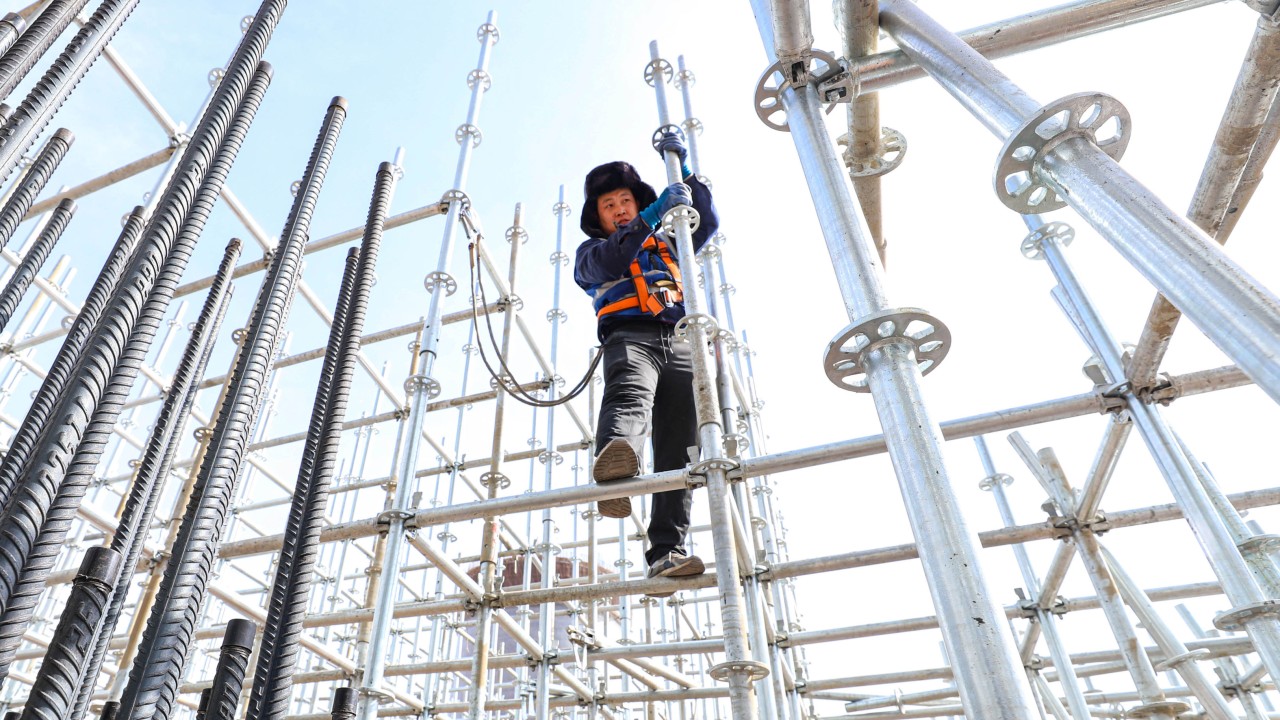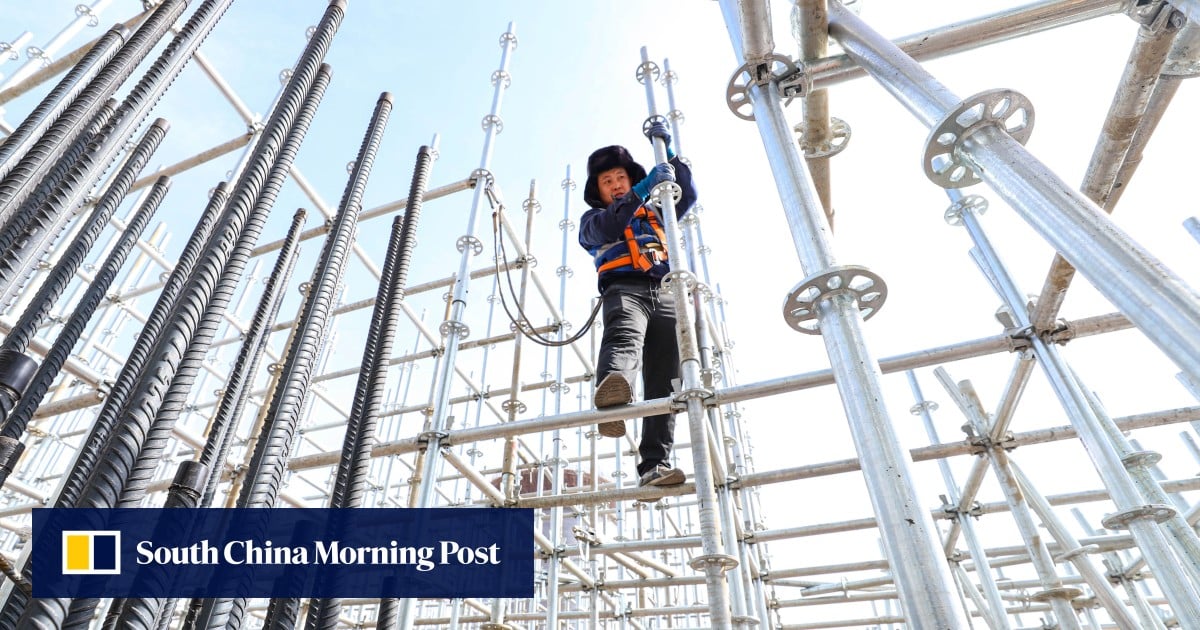
Prices have plunged steeply since 2021, and some steelmakers have called for output curbs, citing mounting losses and cash flow risks from overcapacity.
In the future, it will be driven by consumption and innovation-based strategic emerging industries and future industries
“In the past, [the steel industry] was mainly supported by investments such as real estate, infrastructure construction, and factory equipment renovation,” Tang Zujun, vice-president of the China Iron and Steel Association, said during a meeting with the country’s largest steelmakers at the end of April.
“In the future, it will be driven by consumption and innovation-based strategic emerging industries and future industries.
“The era of large-scale construction in our country is over.”
Tang called for better discipline and allocation of resources, as well as a “healthy” development of the sector, adding that overinvestment in some products would make overcapacity even worse.
‘The magic of China’: still lots for foreign firms, top business leader says
‘The magic of China’: still lots for foreign firms, top business leader says
“The biggest problem now is how to achieve a dynamic balance between supply and demand,” Tang added.
“If this problem is not handled well, it will have a huge impact on the ecosystem, sustainable development and international competitiveness of the entire industry.”
Tang compared the status of China’s steel industry to a field that has been planted with too many seeds, leading to poor growth of the crop.
“But now it’s difficult to decide which one to pull out,” Tang said, adding that everyone should be “mentally prepared” and avoid “falling off a cliff”.
In mid-April, Biden said import tariffs on Chinese steel and aluminium should be tripled in the first major tariff proposal on Chinese products from his administration.
In March, two large steel producers in Vietnam also petitioned for an anti-dumping investigation over hot-rolled steel exports from China.
And last week, Chile said it would impose temporary anti-dumping tariffs on Chinese steel products used in its mining industry in a bid to support faltering local producers.
US tests China’s metal with steel tariff plan, opening new front in trade war
US tests China’s metal with steel tariff plan, opening new front in trade war
But overcapacity is likely to persist as nearly 55 per cent of China’s steel products are used in construction of property and infrastructure, and both sectors are unlikely to see a significant rise in demand in the coming months, according to Fitch Ratings.
“Although the manufacturing industry has recovered strongly, and there are many star subsectors, such as shipbuilding, electrical machinery, general equipment and automobiles, it is still unable to bridge the huge gap in demand for steel caused by the construction downturn,” the US rating agency said on Tuesday.
China’s combined export volumes of iron and steel rose by 13 per cent in the first quarter compared to a year earlier, and 80 per cent above pre-pandemic levels, suggesting evidence of oversupply-induced dumping behaviour, Oxford Economics said on Tuesday.
The National Development and Reform Commission, China’s economic planner, said at the start of April that it would continue to regulate crude steel output for the fourth year in a row in a bid to promote “high-quality” development of the industry with a focus on energy conservation and carbon reduction.
Intensifying trade protectionism will pose a challenge to China’s steel exports
But Fitch Ratings said that while Chinese authorities have stepped in to rein in steel output, the sector generally lacks discipline and smaller mills would restart as soon as they see opportunity to make profits.
China’s steel exports last year climbed by 36.2 per cent to 90.26 million metric tonnes, according to Fitch Ratings.
And in the first quarter of 2024, China’s steel exports grew by 30.7 per cent to 25.8 million metric tonnes, the US rating agency added, accounting for around 5 per cent of its total output.
“Currently, export products represented by steel are vulnerable to trade barriers on the grounds of low-price dumping, and intensifying trade protectionism will pose a challenge to China’s steel exports,” Fitch Ratings said.

